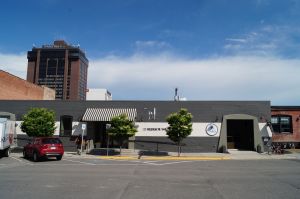Legal Education
Over the course of his career, Steve Harman has spent a vast amount of time mentoring younger attorneys. He is proud to have served as a faculty member of the University of Montana School of Law Advanced Trial Advocacy Program, an intensive, hands-on course designed to help new attorneys master the professional skills unique to trial practice. To this day, Steve regularly takes calls from other attorneys to offer guidance and support.Preservation and restoration of historic places
As dedicated members of the Billings community, Steve and his wife, Joni, have proudly joined in downtown revitalization efforts by restoring a full block within the Billings Old Town Historic District. Located in the heart of downtown, this area reflects the rich history of Billings’ growth.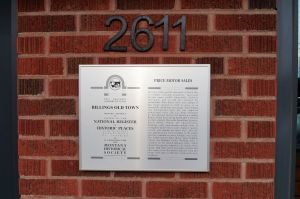
What began as a railroad hub in 1882 quickly blossomed into a prosperous trading center with a diverse population. As the homestead boom gained momentum, canvas tents and crude buildings gave way to ornate brick buildings housing permanent businesses. As the city grew and businesses relied less on the railroad, the area surrounding the tracks was eventually left abandoned. After decades of neglect, historic downtown Billings is now experiencing a re-birth, thanks to community-led efforts and the work of families like the Harmans.
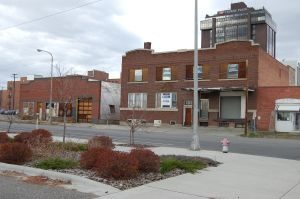
Steve Harman Law
Steve Harman Law is located at 2611 Minnesota Avenue, a building originally established in 1948 and designed to house Price Automotive Sales, a car dealership and mechanic shop. The Quonset construction of the building was heavily influenced by the war and was similar to buildings used by the British during WWI. Builders took advantage of simple corrugated metal, a multi-purpose material readily available to the public, easy to ship and quick to build. A false front and brick façade was added to cover the utilitarian style and blend easily with existing neighborhood construction. The Harmans purchased the property in 2007, using it for parking and storage until 2015. That year, they embarked on a one-year journey to refurbish the original office space. It became the new home of Steve Harman Law in January 2016.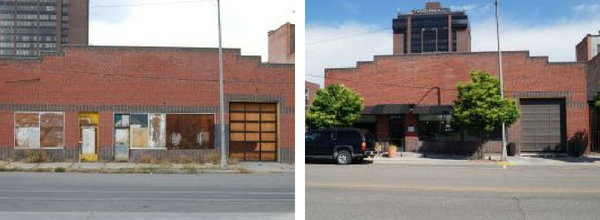
Swift Lofts
In 1916, Swift and Company, a national meat processing and shipping business, erected a two and a half story warehouse on the north side of Minnesota Avenue. Gus Swift, who founded the company in 1855 in Massachusetts, had transformed the meat processing industry with his invention of the refrigerated railroad car. This made it possible to ship processed meat to distant locations for distribution. A stone’s throw from the railroad tracks, the new Swift and Company warehouse was perfectly situated to receive and store processed meat arriving by rail. For more than 50 years, meat was taken in, held in large coolers on the property and later sold at wholesale to local meat markets and restaurants. Later, potatoes were processed into chips at this site. Swift abandoned the building in the 1970s (For many years the building sat empty, contributing to the blighted neighborhood.)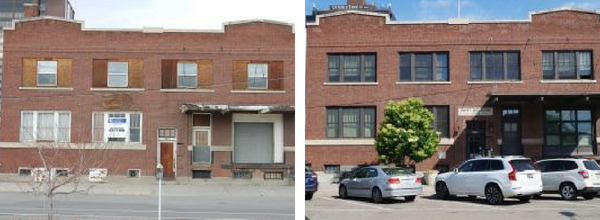
In 2007, the Harmans purchased the property and set about transforming the heavy-duty post and beam structure from a commercial warehouse to six residential lofts. Residents delight in a variety of carefully-preserved historical features, including three-over-one double-hung windows, half-light fixed double-doors, vertical wood plank and beadboard walls. Even the original meat coolers remain intact. Original decorative brick detailing on the primary facade hints at the treasured spaces within, while flat brick heads and limestone sills frame large windows that welcome the sunshine into each home. The building is crowned by two triangle parapets capped with limestone and a ghost sign, “Swift and Company,” remains on the exterior wall to remind passersby of the building’s heritage.
The Fieldhouse
Now the home of The Fieldhouse New American Kitchen, 2601 Minnesota Avenue was originally constructed as a warehouse around 1919. City directories indicate that its western half served into the 1950s as storage for hardware, while its eastern half housed an automobile garage and later a pipe warehouse. The Harmans purchased the building in 2010 and remodeled it extensively to accommodate an exciting new restaurant. The common brick façade was given a fresh modern entry, new windows, and other conveniences to beckon and serve dining guests.